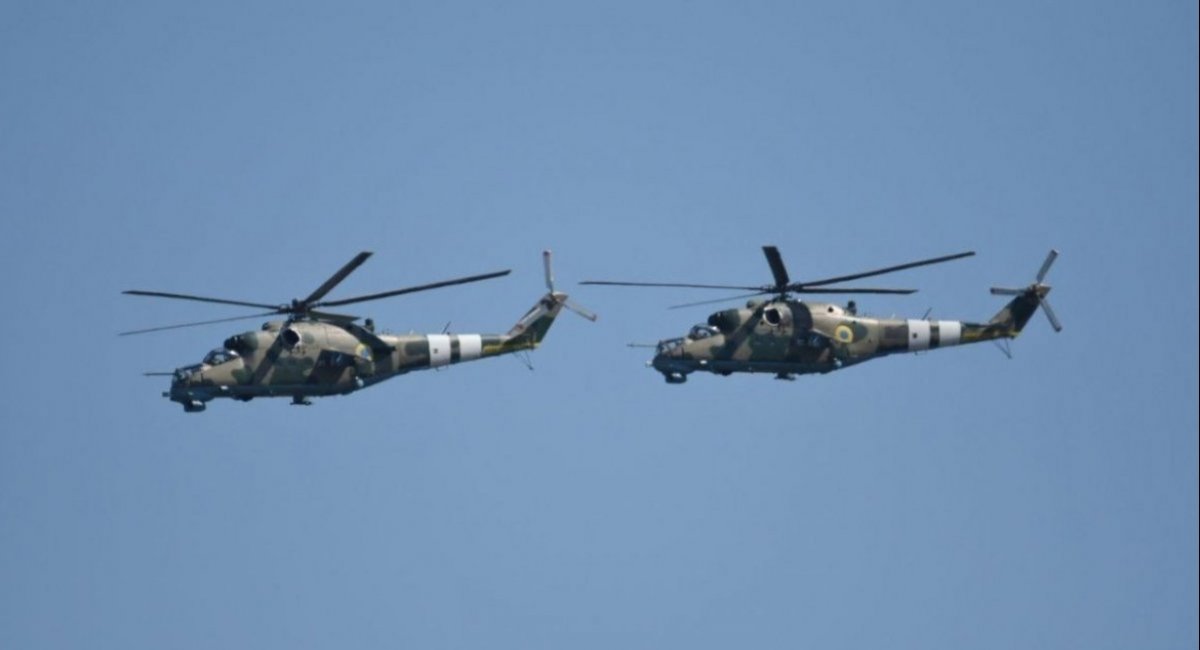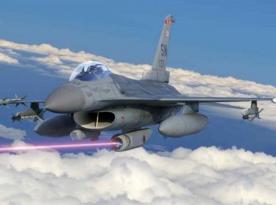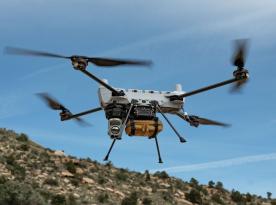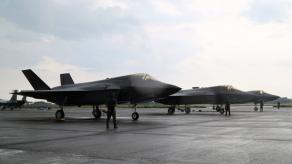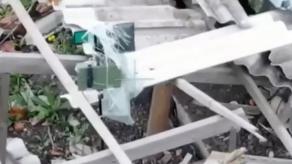The Soviet Armed Forces seriously practiced how to shoot down small low-flying aerial targets with the Mi-24 helicopters equipped with the R-60 missiles. The incentive for such practice was the failure of 1987 when the notorious Mathias Rust flew to Moscow and landed on Red Square.
Soviet helicopter pilots were preparing for potential aerial combat with their Mi-24 aircraft against the American AH-1 Cobra helicopters, although they understood that their opponents from the USA had a much higher chance of winning in case of a real confrontation due to better visibility, maneuverability, and smaller size of the aircraft.
Read more: Germany's Mistake With Tiger Helicopters Can Help Ukraine Find Solution For Own Aviation Park Upgrade
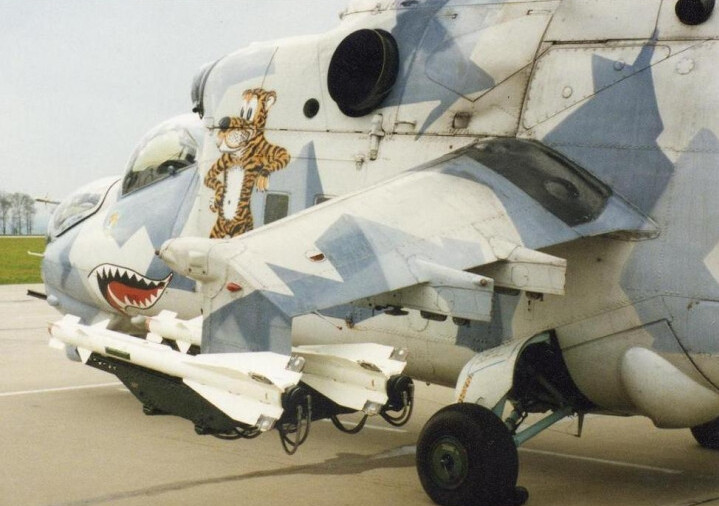
It is said that there were a few squadrons of the Mi-24 helicopters designed for an air defense in 1980s. According to open source photos, there were two suspension options: either four missiles on the main hardpoints or four missiles on the anti-tank guided missile hardpoints. The ASP-17V standard onboard sight was used for targeting and firing.
On the one hand, these Mi-24 helicopters were patrolling only border regions such as Kaliningrad region or Central Asian airfields.
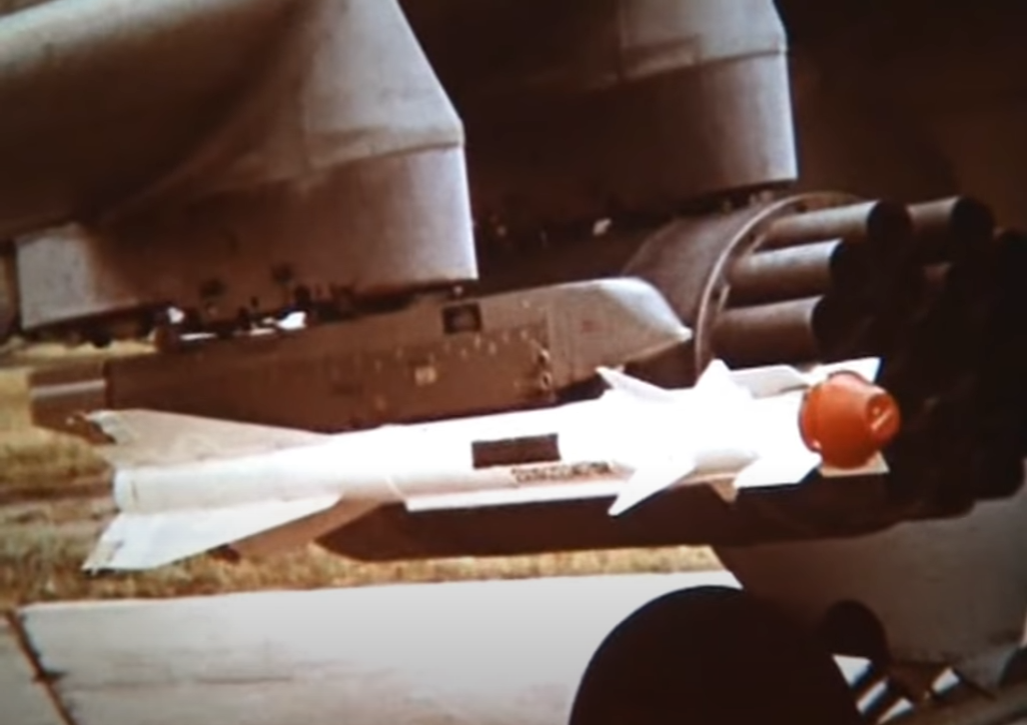
On the other hand, the training exercises with the IABs (illumination aviation bombs) reportedly went smoothly, but during the training attacks on helicopters or planes with piston engines in Central Asian conditions, the homing heads of the missiles only detected the target at a range of 600 meters. It remains unknown why the option of suspending much more advanced R-73 missiles under the Mi-24 aircraft wasn’t considered, given the circumstances.
Ukraine doesn’t have resources and a need in such combination, for instance, for air defense against the Shahed-136 drones, but it has the Mig-29UB fighters that can carry the R-73 missile.
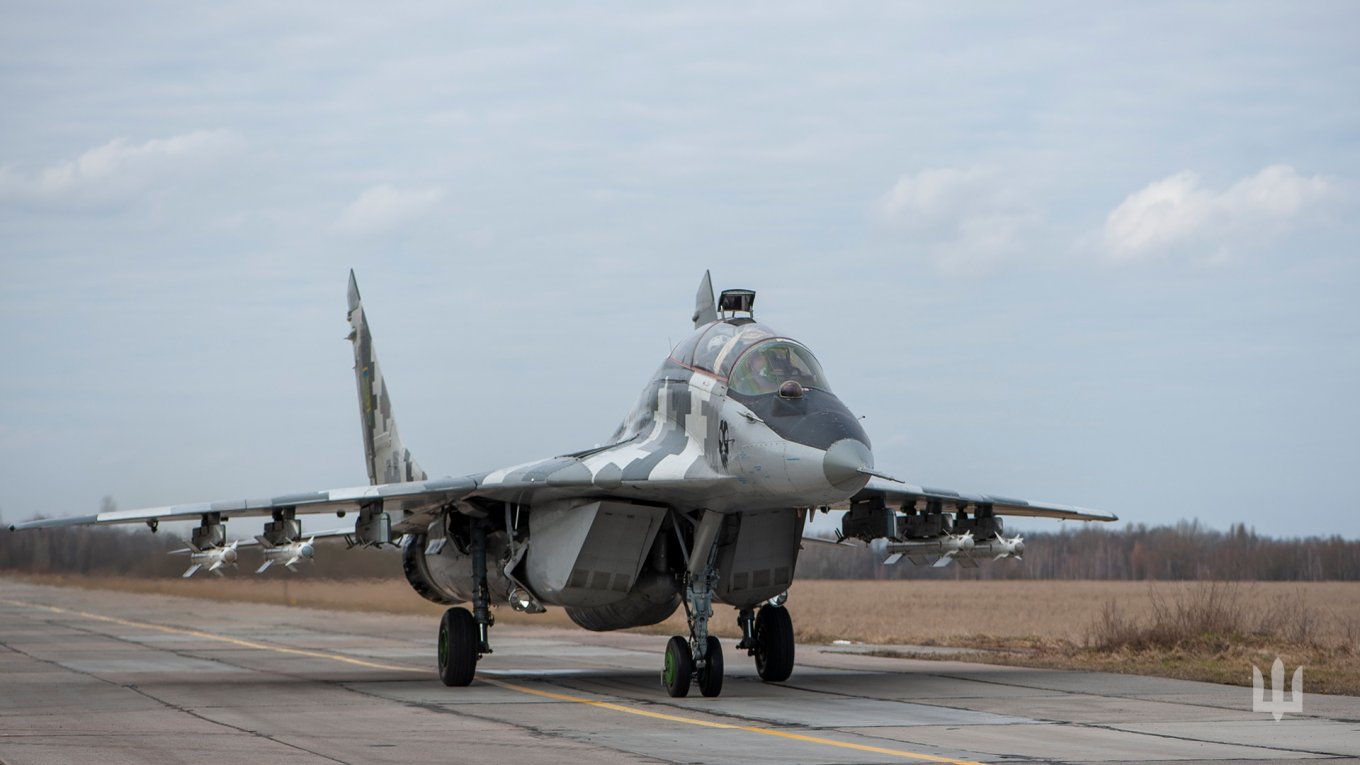
Defense Express previously reported that Adapting MiG-29 For the AIM-120 is Difficult and Barely Any Efficient.
Read more: Most of the Slovak MiG-29 Fighters for Ukraine Were Disassembled Before the Transfer, It's a Bad Sign




